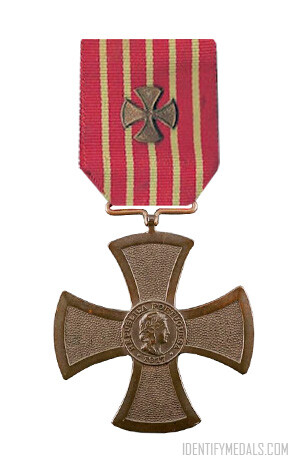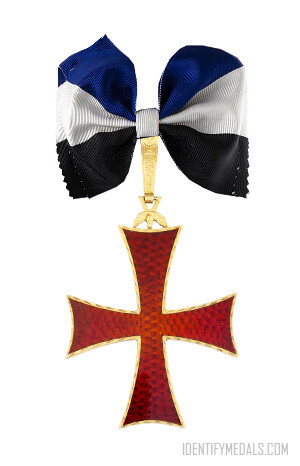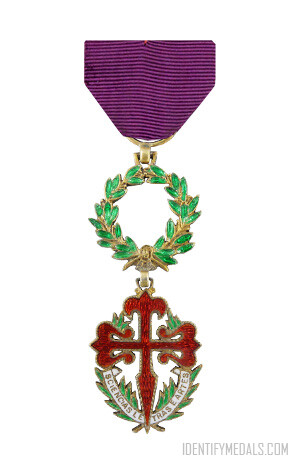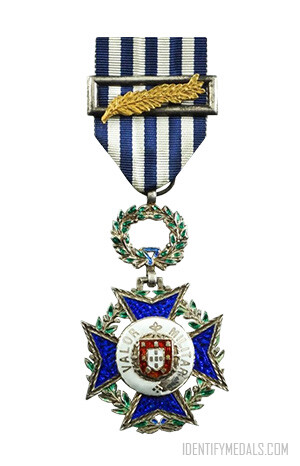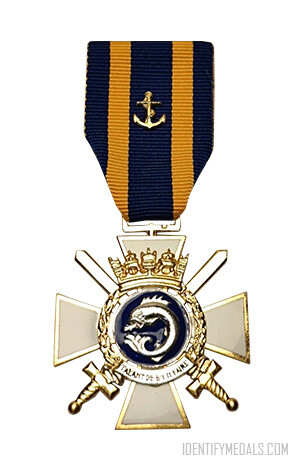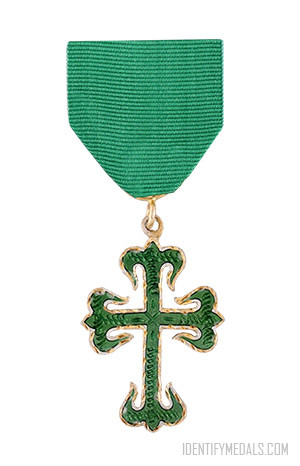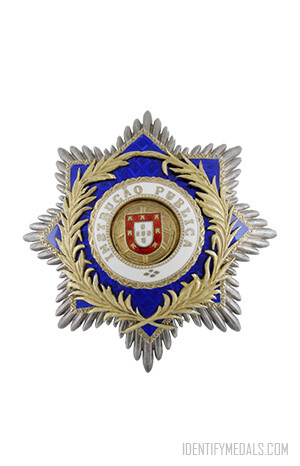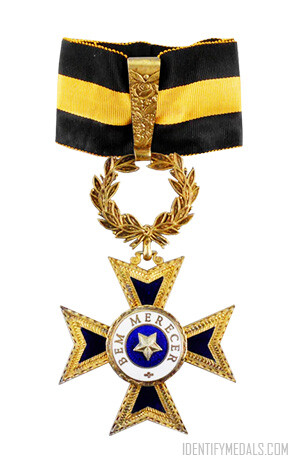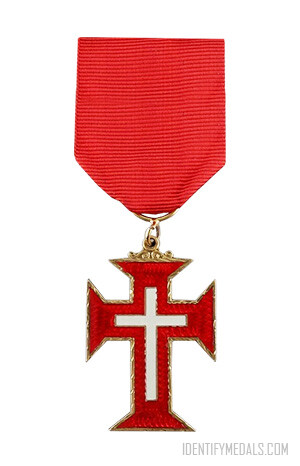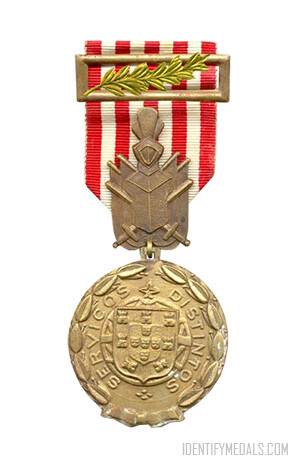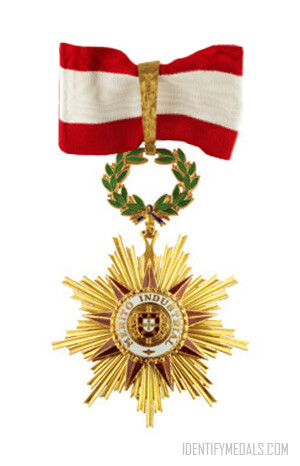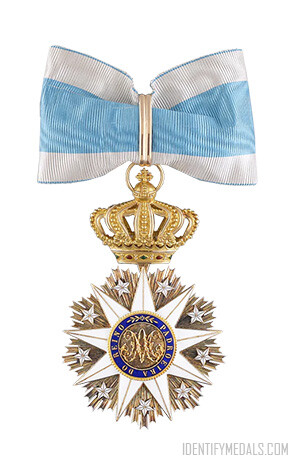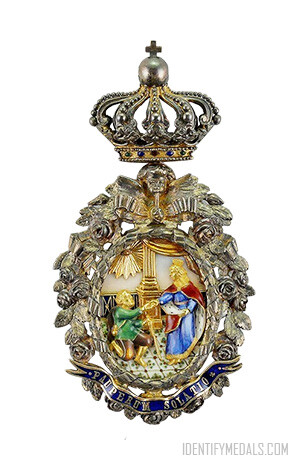- Time Period: World War I
- Institution: 30 November 1916
- Country: Portugal
The War Cross is a Portuguese military decoration established by Decree No. 2:870 of the President of the Republic of Portugal on November 30, 1916.
It was created to honor officers and soldiers who demonstrated bravery, determination, composure, and other commendable qualities in the face of the enemy during combat operations.
The Minister of War was designated to award this decoration, with the official statute and design issued on July 26, 1917. Originally, the War Cross had four classes and was awarded to Portuguese soldiers participating in World War I. Later, it was extended to those serving in battles in Portuguese colonies. On May 28, 1946, the statute and design of the decoration were revised, and further changes were made by the Minister of Defense on December 20, 1971.
The War Cross' Award Criteria
According to the 1917 statute, the War Cross could be awarded to Portuguese army officers and soldiers for acts of valor, determination, and composure on the battlefield. The 1946 decree expanded eligibility to include soldiers from allied armies, as well as Portuguese and foreign civilians.
The 1971 decree further specified that the decoration could be awarded to Portuguese soldiers and civilians, both domestic and foreign, who cooperated with the Portuguese army.
The Order 's Design
The War Cross badge is made of bronze and resembles a Maltese cross, formed by the intersection of five circles. The design is consistent across all classes.
The obverse features a central depiction of a woman’s head with a laurel wreath, symbolizing the Republic, surrounded by the inscription “REPÚBLICA PORTUGUESA 1917.” This design is inspired by the French medal of the same name.
Initially, the reverse displayed the coat of arms of Portugal. In the 1946 redesign, the obverse adopted the coat of arms, and the reverse featured the inscription “Cruz de Guerra” (War Cross). The 1971 redesign added two crossed swords and a laurel wreath to the reverse, while the obverse remained as per the 1946 design.
The medal is worn on a red ribbon with seven narrow green stripes. Symbols on the ribbon denote the class:
- Class I: Golden cross with a laurel wreath
- Class II: Golden cross
- Class III: Silver cross
- Class IV: No additional device

